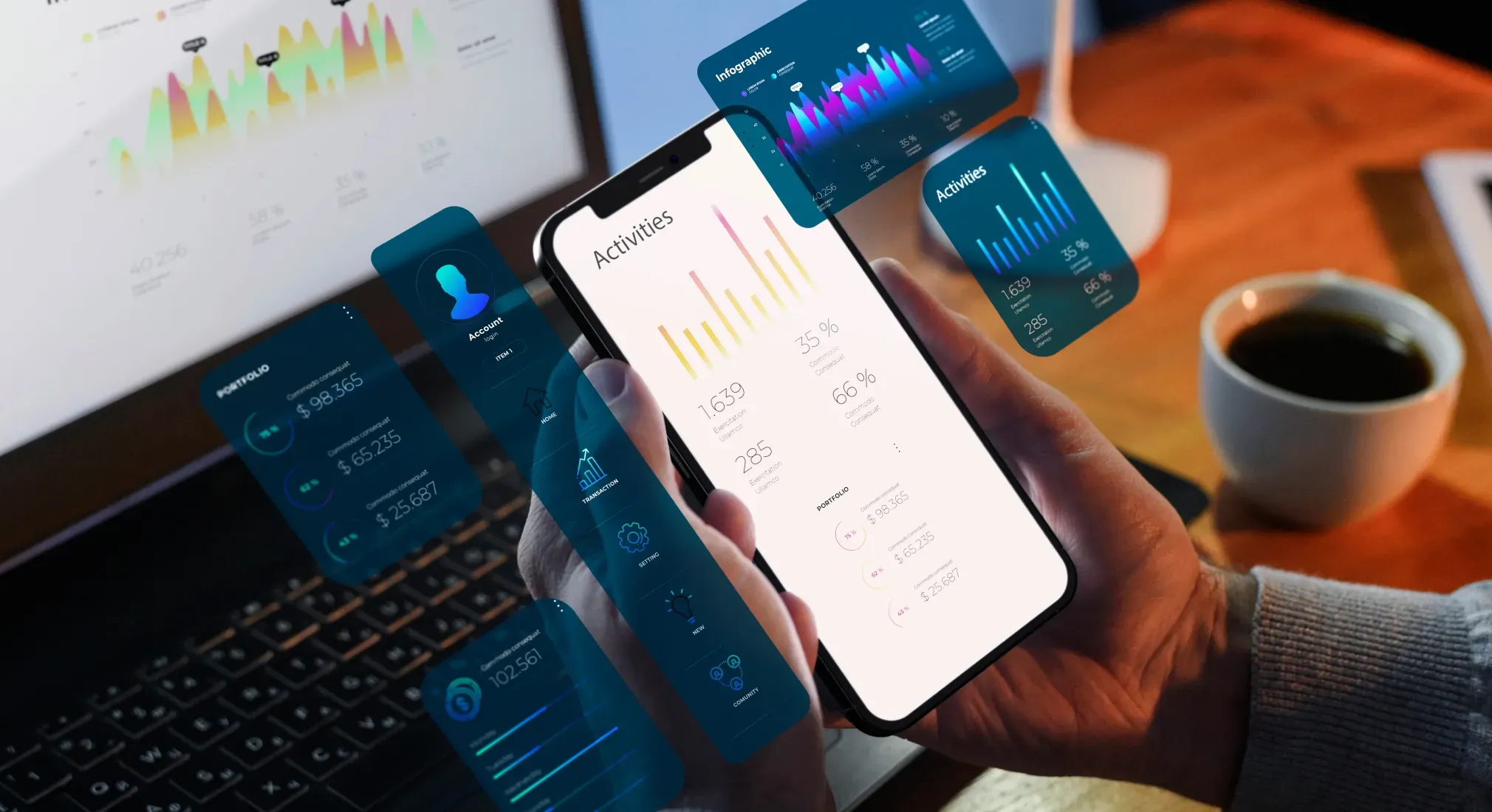A few weeks ago, I had a conversation with the director of business development for a French logistics company. He was over the moon because in only 5 months he attained his objective of obtaining 10 qualified opportunities. And, even better, he managed to go beyond the target by completing a €350K deal.
The results were startling. And even more remarkable, he achieved those results in a brand new industry.
Nevertheless, he got back to me a couple of days later, concerned that he would lose his position.
As it turns out, the CEO was disappointed with these results because only one transaction was consummated. He expected more, and it didn’t matter that the business development representative (BDR)met his objectives.
This narrative got me pondering about what business development genuinely means and what corporations perceive it to be.
So, what is business development then? And how does it interact with other departments?
In this guide, I’ll explain:
What Is Business Development?
The most accurate definition of business development is a set of duties and processes intended to develop and implement growth opportunities within (and between) organizations in a sustainable and profitable manner. In practice, however, most corporations use the term differently, depending on what they need that role to do for them.
For example, Business Development in a SaaS scaleup usually involves a lot of unsolicited outreach to potential customers. In a large, multinational company, on the other hand, Business Development may do market analysis for new-market entry or a new line of products.
Despite the distinctions, however, business developers across companies share one common goal: identifying and implementing new growth opportunities.
The key here is “growth opportunities.” In most situations, “new opportunities” means more than “new clients.” It also includes:
- Getting new collaborators
- Entering new markets
- Developing novel products
Let’s Go A Little Deeper Here,

Marketing Activities
- Marketing is the customer-facing branch of your org. Like we mentioned, the primary objective is to attract consumers. This is done in three ways:
- Identifying your prospective consumers by creating an Idea Customer Profile (ICP)
- Maintaining a consistent brand and using various channels (website, social media, ads, etc.) to remain at the top of your ideal customers’ minds.
- Educating customers about your organization, products, and offers.
- In many cases — typically with lesser B2C offerings — this is enough to get a prospect eager to purchase. At that juncture, they’ll either contact your sales team or make a purchase on your site.
- For everyone else, particularly B2B, marketing is only the first stage in the voyage, and this is where business development comes in.
Business Development Activities
- Business development is all about relationships. The primary objective is to establish strategic partnerships and relationships with other organizations in your target market.
- This may include developing a relationship with a main founder to drive them closer to a transaction. It can also mean leveraging current relationships to generate referrals and develop new markets in different geographic areas.
What Are The Skills Required For Business Development?
In general, BDRs work with the sales and marketing divisions, providing support so they can attain their objectives. This requires a unique blend of marketing, communication, and sales skills:
1. Marketing Skills
While business development executives focus on developing relationships, they also need to be able to promote their brand, acquire thorough intelligence of new markets, understand the competition, identify and educate new target prospects. So these business development activities substantially overlap with those of marketing.
2. Communication Skills
Calling prospects, maintaining long-term relationships with strategic partners, listening to concerns of potential clients, and sharing valuable information with stakeholders requires strong communication and listening skills. It’s challenging to flourish in the realm of business development without being able to communicate confidently and explicitly.
3. Sales Skills
BDRs usually share common skills with sales representatives, including prospecting, qualifying leads, cultivating relationships with both potential and existing clients, and updating sales customer relationship management databases on all sales activities including follow ups. BDRs typically work closely with sales team members to advance prospects along the sales process.
If you think about it, an effective BDR is a bit like a CEO. BDRs have to plan fast and strategically to gain opportunities and remain ahead of the competition. As BDRs, we have to be entrepreneurial and visionary in the way we approach our work.
You see, we’re often the first contact point for potential consumers and collaborators. Which means we’re the optimal persons to acquire insights directly from the market. That’s why this position can be extremely potent when coupled with other teams — particularly the sales team, which is typically assigned with taking over opportunities.
So let’s dive more into the relationship between sales and business development.
Sales Development vs Business Development
What’s the difference between sales development and business development? Since there’s no agreed-upon definition, as you might imagine, there’s always confusion around how this role differs from sales duties.
Companies often regard business developers as sales representatives with a fancy title. Nothing could be further from the truth.
In fact, when companies regard business development as a part of the sales team, it tends to generate misunderstandings and frustration — particularly when it comes to revenue.
For example, leadership might believe a new business developer will conclude transactions in a very brief amount of time. But this is an unrealistic expectation for a few reasons.
Business developers predominantly go after novel opportunities, and those require lengthier periods to conclude.
Business development is not sales. So you can’t expect your BDRs to conclude transactions in any time frame. (We’ll talk more about this in a minute.)
This is just one area where unrealistic expectations can arise. So let’s look at 3 ways Sales Development and Business Development differ — and how each contributes to ongoing sales.
But how is this different from marketing anyway?
At first inspection there seems to be a lot of overlap between business development and marketing, but there are some important differences.
What’s The Difference Between Marketing and Business Development?
The division between business development and marketing can often be hard to identify, and can be made more difficult by the fact that business development can appear drastically different from company to company. Here’s the difference: Marketing is essentially about attracting new prospects and customers. Business development is about establishing relationships with organizations to generate new opportunities.




